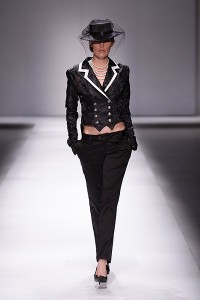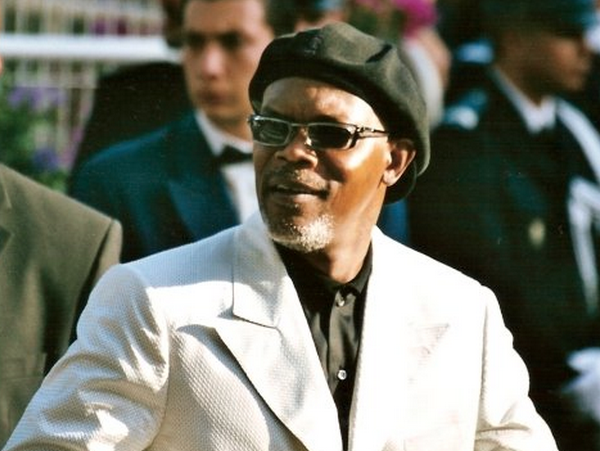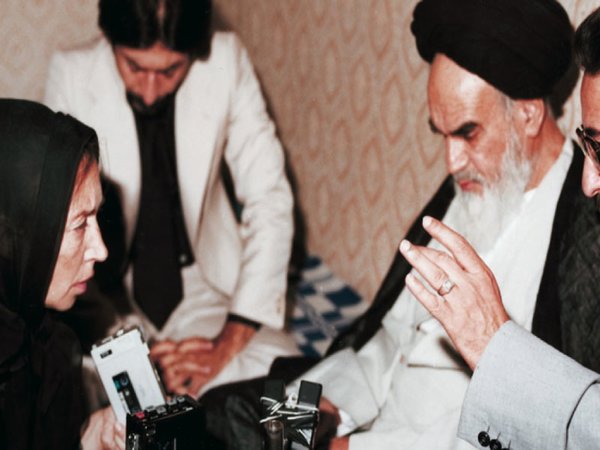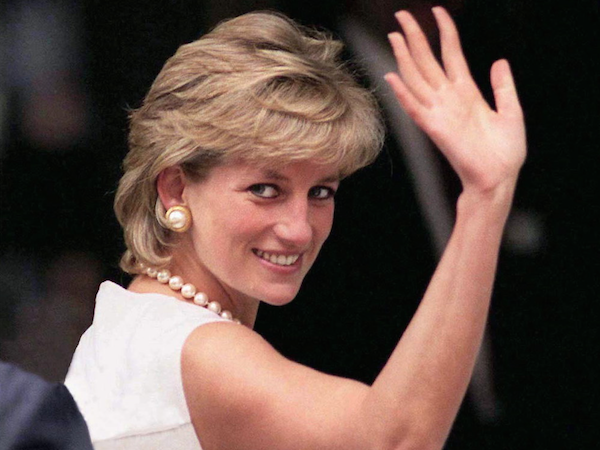
As you flip through old photos from primary school to high school, comments like ‘what was I thinking when I bought that?’ or ‘how did my parents let me out of the house in that?’ are common-place.
As we note how much our own style has changed over the past decade, can the same be said for the society in general? Have designers created a new style or simply reinvented old ideas?
From prehistoric times where clothing was purely used for warmth, there is no arguing that clothing and the idea of fashion has come a long way. Each era has brought with it a new ‘trend’ and an idea of what was stylish, with important events in history influencing the fashion. During the war, dress lengths were longer and waist lines higher. The economic boom of the ’50s brought with it ‘the year of Grace’ in 1954. As princess of Monaco Grace Kelly’s style was timeless; she oozed beauty and elegance and is still credited to this day. Grace wore circle skirts, nipped-in waists, pearls, furs and elegant gowns by couturiers Dior, Balenciaga, Givenchy and Yves St Laurent. But what is perhaps most interesting to note from the era of Grace Kelly is her body shape. Oleg Cassini, New York fashion designer who was engaged to Kelly told her to flaunt her perfect, size 10 body by wearing more figure-hugging and flattering clothes.
The sixties brought short skirts with bright, colourful patterns and the disco era and the seventies were characterised by the hippie years; loose, flowing maxi skirts were the trend. The disco scene introduced shimmering fabrics that would stand out in a night club. As we entered the ’80s, the creation of MTV influenced fashion and music. Women wore box-blazers, donned big hairdos and layered their clothing; the style was more eclectic. This era had the ‘Madonna look’ and women wore leg-warmers, acid washed jeans, jelly sandals, frilly socks, hightop runners, pointed bustiers, lace gloves and all had permed hair and big bows.
With hip-hop music entering the scene in the nineties, the style became more casual. Whilst skirts were still short, loose dresses and denim were also present. It seems that the nineties and onwards sparked an era in which not one particular style is prominent, instead styles from previous decades have been recycled. During the first decade of 2000, the most noted designers were Alexander McQueen, Vera Wang, Christian Louboutin, Jean-Pauul Gaultier, Vivienne Westwood all with very different style ideas.
Some of the well-known supermodels are Miranda Kerr, Gisele Bündchen, Tyra Banks and Adriana Lima. All of these models are a dress-size six and whilst there has been constant debate over models being ‘too skinny’, it must be acknowledged that plus-sized models have also entered the scene. The 2000’s again begun to recognise the beauty of being a curvy woman.
Countless plus-sized clothing brands are available to women. Fuller bust lingerie brand ‘Curvy Kate’ are searching Australian women for their next Curvy Star; a woman who wears a D cup or above and is naturally curvy. Bettina Liano, an Australian jeans designer, recently introduced their new ‘curvy fit’ line, designed to give women more room in the hip and thigh area.
Every Target catalogue has ‘Options Plus’ clothing for plus-sized women. In addition to this, an entertainment company in America, Jeff Grinstein Entertainment has created a ground-breaking event, a ‘Curvy Fashion Show’ in September that is sure to spark controversy in the fashion industry. The show will be the first runway to place plus-sized models in designer, couture clothing during the New York Fashion Week.
As we move further into the 21st century, we are constantly evolving; technology has surpassed what could have only been dreamt about 200 or even 50 years ago. International barriers have broken down and individuals have more freedom — and so too have the fashion trends evolved to reflect this.
On September 3rd Melbourne Spring Fashion Week celebrates its 18th year showcasing the designs of dozens of designers. As we trawl our local neighbourhoods, there is no doubt we will come accross fashion ‘faux pas’ in our paths, but it fashion is definitely becoming a more universal language, incorporating the body-shapes and sizes of all women, not just the ghastly thin models that walk down the catwalks.
Any size women should be considered beautiful, and our fashion has evolved in such a way that it now caters for them. One can only imagine the crazy new trends that we will be running to buy in the future, but its safe to say that we have come a long way from being confined to one style and one style alone.
Christina Lovrecz is a Graduate Diploma in Journalism student at La Trobe University and is one of upstart’s staff writers. You can follow her on Twitter: @clovrecz






